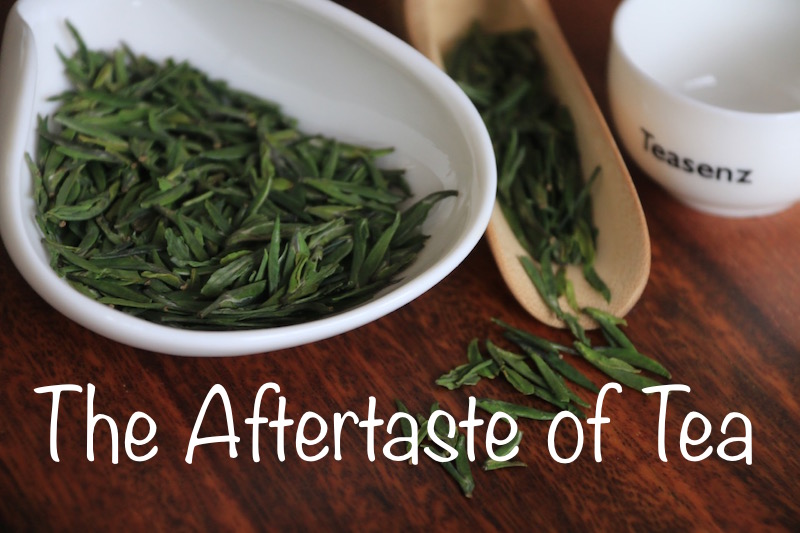
When appreciating a cup of tea we often talk about its appearance, taste and aroma. What many tea drinkers ignore, or are not aware about, is the ‘aftertaste’ or in Chinese 'hui gan'. This refers to the tail notes that linger and stay in your mouth even after the liquid has already passed through your throat. The after taste matters, because you’ll simply miss an important part of the tea experience if you ignore it. Often times it also says a lot about the complexity and quality of tea.
What is Hui Gan?
So why do teas have after taste? It basically comes from minerals that are present in tea. And because different leaves undergo different levels of oxidation, the result is that each tea will have an unique aftertaste that’s worth to be appreciated.
Some people like to define Hui Gan as sometimes more than just what you taste in the mouth. It's sometimes less scientific than just minerals, but more philosophical. It's often related to what people call 'cha qi' or 'tea energy'. The broader definition of 'hui gan' is partly about sensing how you feel after sipping the tea. Perhaps it could be defined broader as 'after experience' rather than 'after taste'.
How to Evaluate the After Taste of Tea (Hui Gan)?
One criteria to evaluate the tail notes is the length of it. Some teas have very short after tastes, while others last for hours. Also, some of them are very simple, while others are complex and even evolving.
What’s fascinating is that the aftertaste is sometimes similar to the flavour, while in other cases it might completely surprise you.
In China, the aftertaste also includes the evaluation of the ‘throat feel’. As tea is often prepared in a gongfu ceremony way in which you’re served small cups of tea per steeping, there’s a lot of time during the steeps to evaluate this. When breathing air through your mouth does your throat feel dry or smooth? The latter indicates better tea, though dryness can also be a result of improper steeping/preparation.
The after taste will actually act in harmony with later steeping of the same tea. It connects the flavour form one steep to another, and it strengthens the flavour that you’re tasting.
The Importance of Palette Cleansing
To evaluate the after taste better, it’s important to clean your palette when you switch to a different tea or when you’re planning to drink tea after eating a meal. This can be done in different ways:
- Time: the most basic way for your palette to turn neutral is to simply let time pass. Start to steep tea 30 minutes after finishing a meal or before you switch to another tea.
- Water: 30 minutes waiting is sometimes insufficient, especially if the aftertaste of the previous tea is pretty strong and enduring. Rinsing your mouth with water also won’t easily solve the problem, but when you combine time and rinsing, it will be good enough most of the times!
- Bread/cracker/nuts: to reset your palette in a fast way, you can also eat some bread, crackers, nuts, or anything else that’s neutral in flavour. Afterwards, rinse your mouth with a little bit of water before you proceed with tasting tea.
Besides palette cleansing, some discipline in your daily food habits an also really help. Are you eating too salty, sweet or spicy? Then you won’t taste the subtle flavours of tea as well as you potentially could.